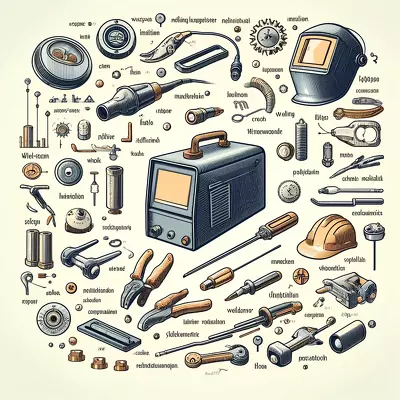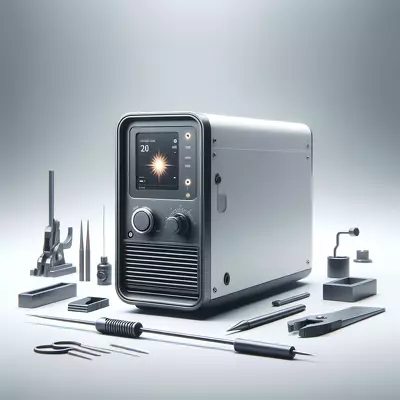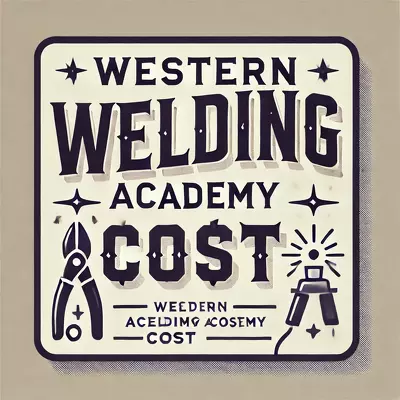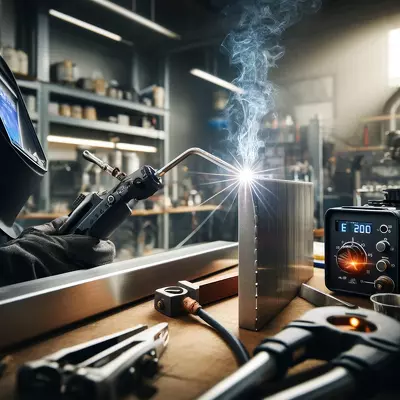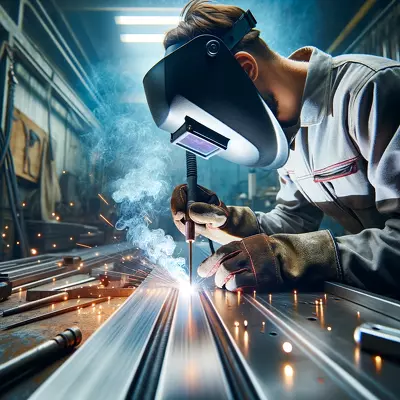Welding Your Way to Success: A Comprehensive Guide to the Best States for Welding Jobs
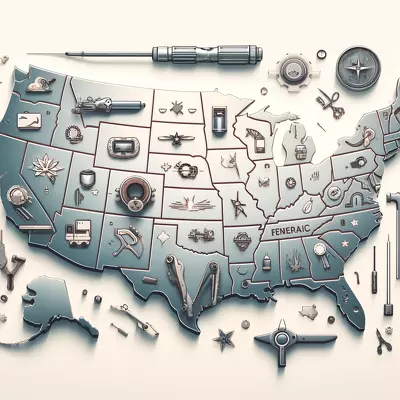
I. Introduction
A well-chosen location can significantly boost a welder’s career prospects, earnings, and satisfaction. This article explores the factors that make some states stand out as the best places for welders to find work and thrive professionally.
II. Factors Influencing Top Regions for Welders
A. Employment Rates and Job Availability
Certain states boast higher employment rates for welders due to robust manufacturing sectors or large-scale industrial projects. The availability of jobs can vary widely across different regions, influenced by local economic activities and the presence of industries that require welding skills.
B. Wage Considerations
Wages for welders can differ significantly from one state to another. States with a high demand for skilled welders often offer higher wages and better benefits. Additionally, states with a lower cost of living can allow for a more comfortable lifestyle even with a standard welder’s salary.
C. Growth Opportunities and Industry Presence
The presence of key industries such as automotive, construction, and shipbuilding can provide welders with ample opportunities for career growth and advancement. States that invest in infrastructure and new technologies also tend to offer more opportunities for skilled tradespeople.
III. Detailed Analysis of Leading States for Welding Employment
A. Texas: Overview and Opportunities
Texas stands out as a top destination for welders due to its massive oil and gas industries, which require a significant amount of skilled welders for pipeline construction and maintenance. Additionally, Texas has a strong manufacturing base and numerous large construction projects that continually demand skilled labor.
B. Ohio: Overview and Opportunities
Ohio is known for its manufacturing legacy, particularly in the automotive and aerospace sectors, which are key employers of welders. The state’s commitment to revitalizing its industrial base and its strategic location near major automotive assembly lines also contribute to robust job prospects for welders.
C. California: Overview and Opportunities
California offers diverse opportunities for welders, especially in shipbuilding and repair along its extensive coastline and in high-tech manufacturing sectors in the southern part of the state. The state’s focus on renewable energy projects, like solar and wind, also opens up new avenues for welding professionals.
D. Louisiana: Overview and Opportunities
Louisiana’s strong suit in the welding job market largely stems from its significant oil and gas industry, particularly in offshore oil rigs and related infrastructure, which requires specialized welding skills. The state also has a notable presence in shipbuilding and repair, especially around the Gulf Coast, providing steady employment opportunities for welders.
E. Washington: Overview and Opportunities
Washington state is a hub for aerospace manufacturing, with companies like Boeing offering numerous opportunities for skilled welders. The state also benefits from a growing construction sector in and around its major cities, like Seattle, where commercial and residential building projects demand professional welding skills.
IV. Strategic Moves for Welding Career Success
- Utilize Job and Salary Data: Utilizing resources like the Bureau of Labor Statistics (BLS) provides access to comprehensive data on employment rates, average wages, and projected job growth for welders across different states. Websites like Zippia offer practical insights into current job postings, company demands, and detailed salary information, which can help in evaluating the economic landscape of various regions.
- Understand Industry Strengths: Before settling on a state, it’s crucial to research which industries are flourishing there. For instance, if a state has a booming automotive manufacturing sector, it’s likely to have a higher demand for welders with skills in robotic and automation welding. Conversely, states with a strong maritime presence might offer more opportunities in underwater welding and ship maintenance.
- Consider Local Economic Health: A state’s overall economic health can affect job stability and growth opportunities. States with expanding economies often invest in infrastructure and new technologies, creating more jobs for welders. Checking economic forecasts and industry news can provide additional context on what to expect from the job market in the coming years.
- Network with Local Professionals: Joining local or state welding associations can provide valuable networking opportunities, industry news, and possibly mentorship from experienced welders who are already working in the area. They can offer firsthand insights into the job market, the best places to work, and tips for career advancement.
- Explore Training and Education Facilities: Proximity to quality training and educational facilities can also be a significant factor. Some states might offer more advanced training programs or specialized certifications that can enhance a welder’s qualifications and appeal to potential employers.
By integrating this information with your personal preferences, such as cost of living and industry of interest, you can effectively identify the most suitable states for your welding career!
V. FAQs
Q: What certifications are required for welders in the top states?
A: Most states require professional certifications like the AWS Certified Welder designation, which is recognized nationally.
Q: Are there apprenticeship programs available in these states?
A: Yes, many states offer apprenticeship programs to help new welders gain hands-on experience while earning a wage.
Q: What is the average starting salary for welders in these leading states?
A: Starting salaries can range from $30,000 to $40,000 annually, depending on the state and the specific industry.
Q: What factors should I consider when choosing a state for my welding career?
A: Consider factors like job availability, wage rates, cost of living, and the presence of industries that align with your career goals.
Q: How does the cost of living affect my salary as a welder in different states?
A: A higher cost of living can offset higher wages, so it’s important to consider both factors when evaluating potential earnings.
Q: Can welders find permanent positions, or are the jobs mostly temporary?
A: While some industries offer temporary or contract positions, many welding jobs are permanent, especially in sectors like manufacturing and construction.
Q: What are the long-term career prospects for welders in these states?
A: With ongoing industrial growth, the long-term career prospects for welders are strong, particularly for those who continually upgrade their skills.
VI. Conclusion: Choosing the Right State for Your Welding Career
A. Summary of Key Points
Selecting the right state for a welding career involves examining job availability, wage potential, and growth opportunities. The best states offer a mix of high employment rates, competitive salaries, and substantial industry presence.
B. Recommendations for Future Welders
Future welders should focus on states with strong industrial sectors and should consider obtaining advanced certifications and specialized training to enhance their job prospects and potential earnings.
VII. Suggested Readings
Welding is both an art and a science, and continuing education is key to career advancement. Here are some valuable resources:
- “Welding: Principles and Applications” by Larry Jeffus – A comprehensive guide covering the latest techniques and applications in welding.
- “Modern Welding Technology” by Howard B. Cary – This book offers insights into modern welding techniques and technology advancements.
- “The Procedure Handbook of Arc Welding” by Lincoln Electric – A detailed manual on various arc welding procedures.
- “Metallurgy and Weldability of Stainless Steels” by John C. Lippold – An in-depth look at the properties of stainless steels and their implications for welding.
These books provide foundational knowledge as well as advanced techniques that can help welders stay ahead in this evolving field.

